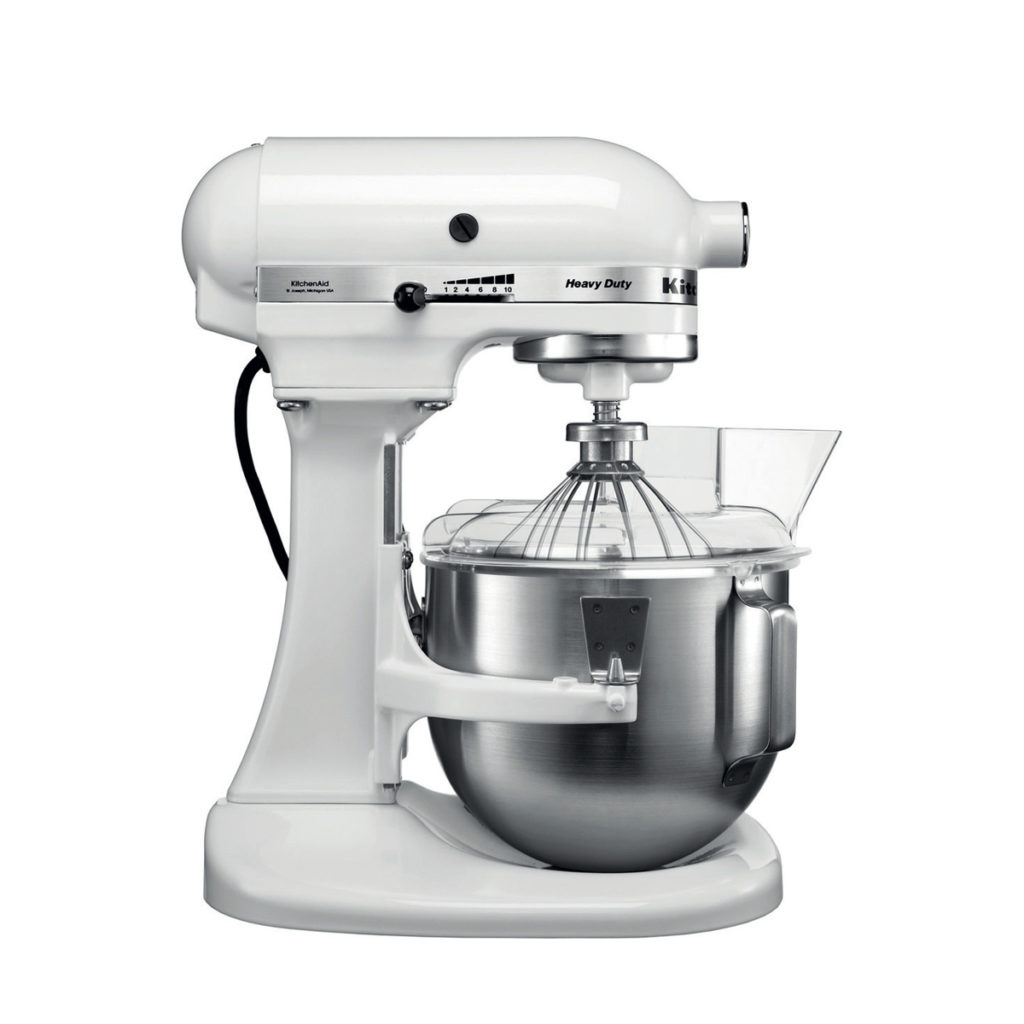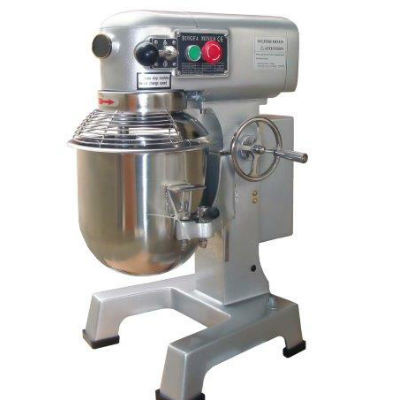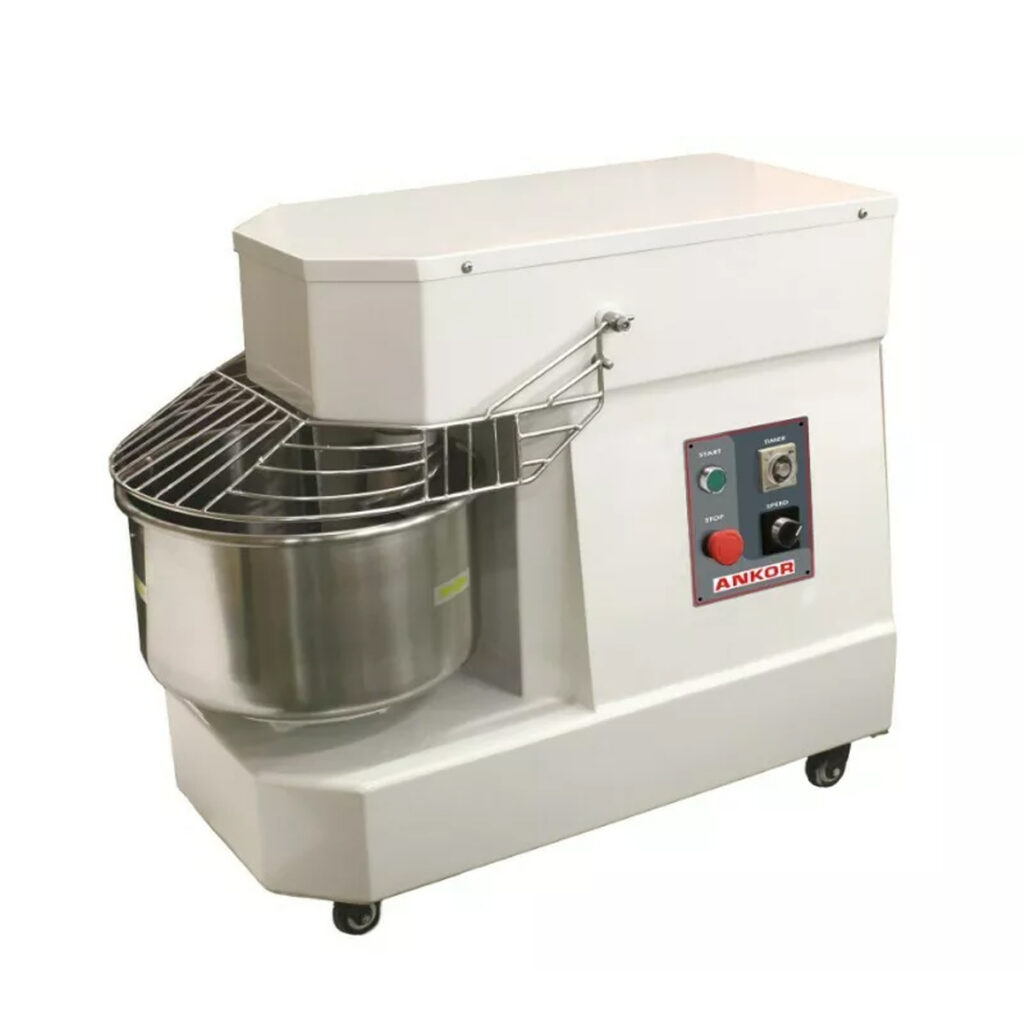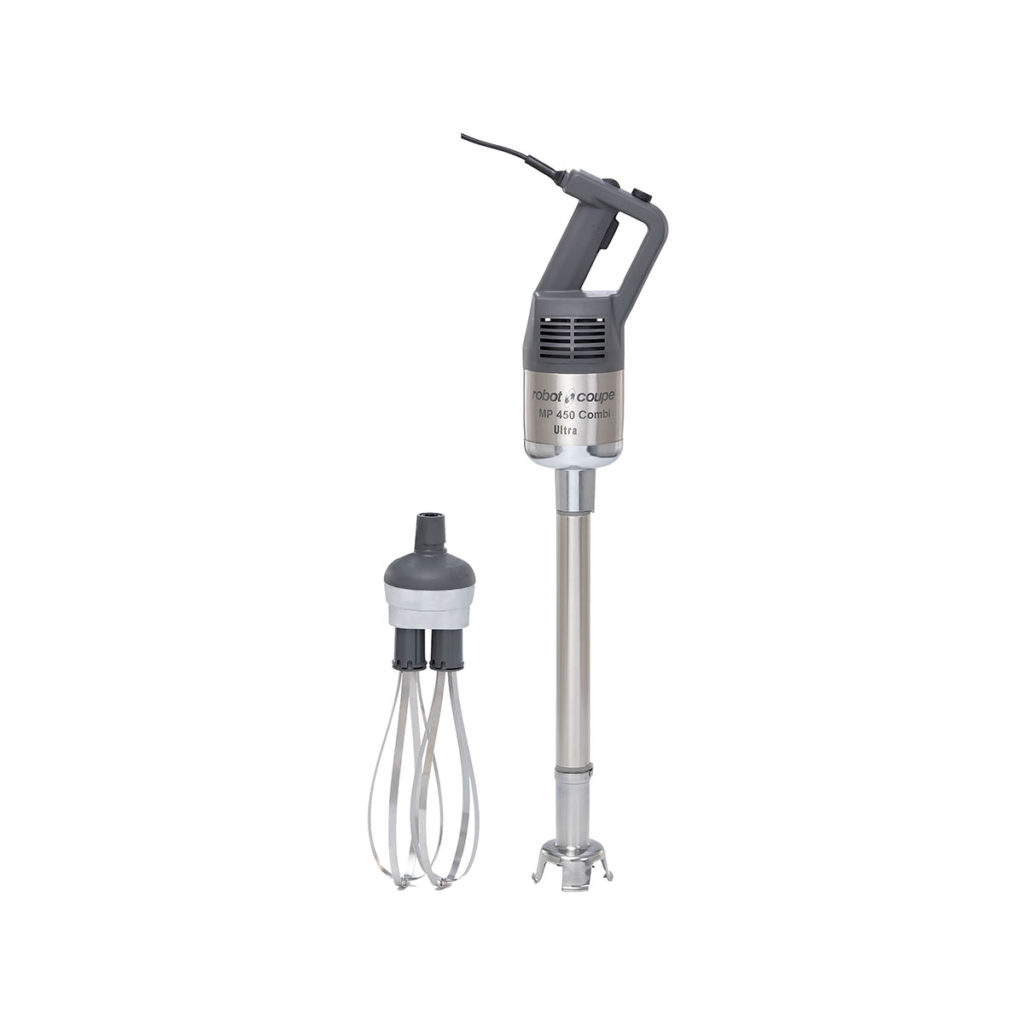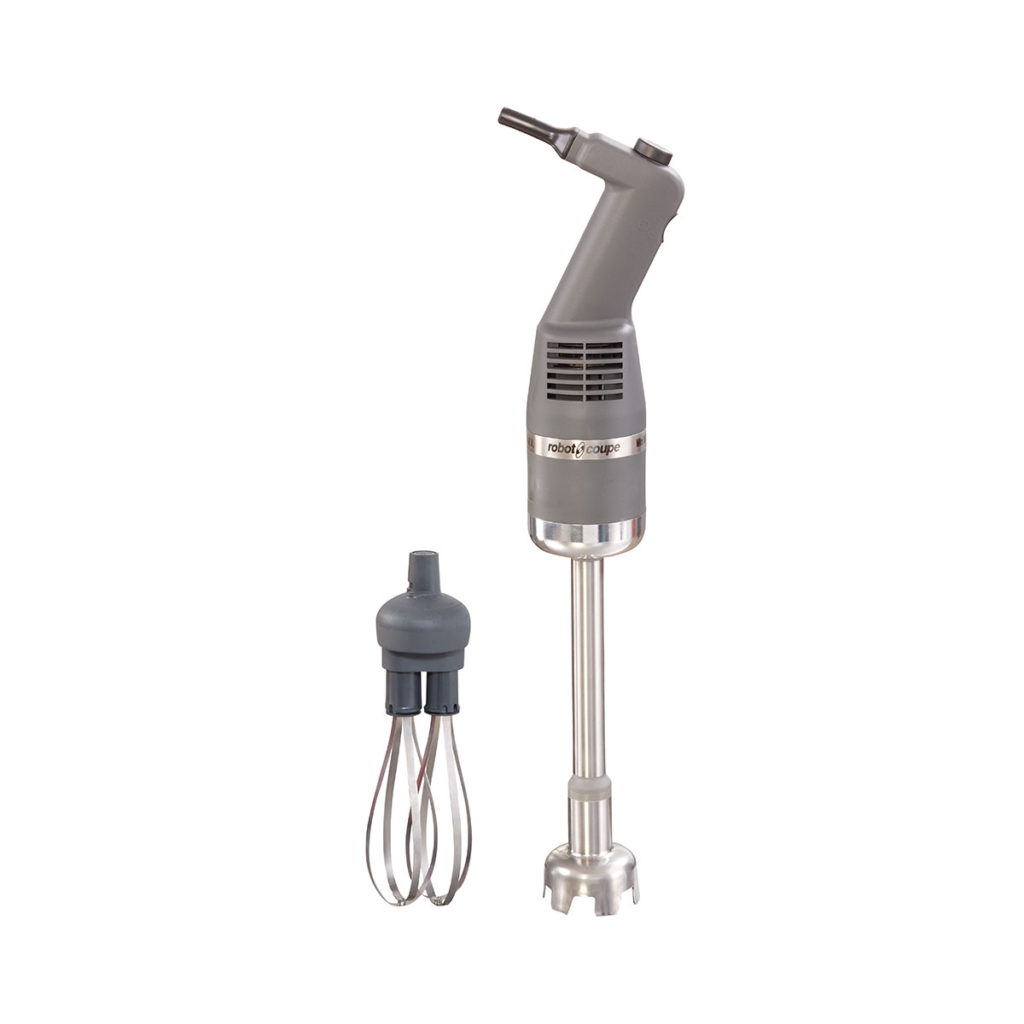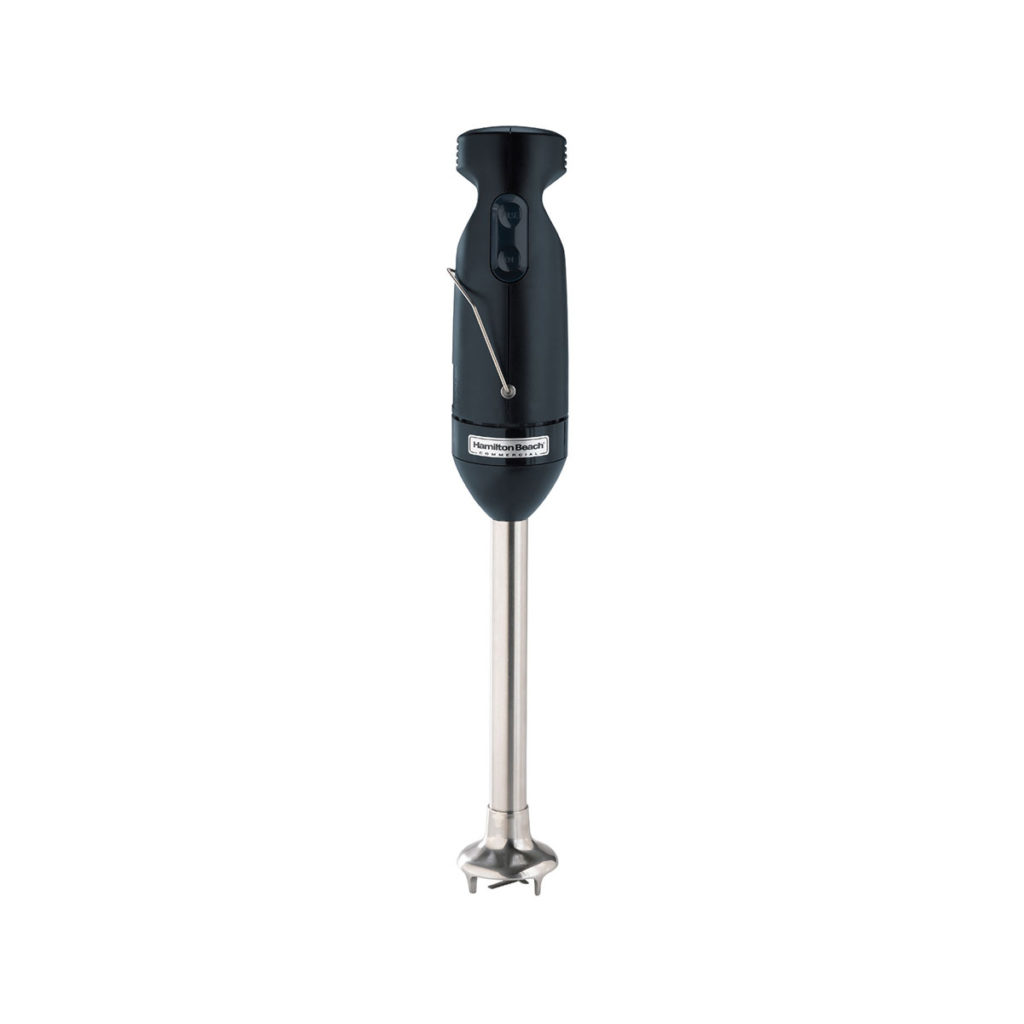
Choosing the right commercial mixer can be a difficult task. A versatile investment for any kitchen, mixers come with several useful attachments that can be customised to suit your particular needs. From belt drive systems to bowl guards, there are just so many different specs and features to consider when buying a commercial mixer.
We are here to make it easy for you. In this comprehensive guide, we dive deep into the differences between commercial mixers, their functions and sizes so that you can find the perfect mixer for you whether you’re a pizzeria mixing kilos of dough a day or a casual restaurant in need of just a few pastries a week. We also share several care and service tips you can follow to ensure the longevity of your mixer in the kitchen.
What Are The Different Types of Commercial Mixers?
There are many different types of commercial mixers on the market from light-duty to heavy-duty machines, all with specific uses, advantages and disadvantages. In general, you will find three types of mixers.
Planetary Mixers
Planetary mixers, also known as vertical mixers, feature an agitator that turns on an offset shaft, while keeping the mixing bowl stationary. The agitator is typically interchangeable with various attachments you can customise to mix anything from dough to meringues. Planetary mixers are typically more compact and energy-efficient and they lower physical effort and labour in your kitchen.
Dough Mixers
Dough mixers, also known as vertical mixers, feature a spiral-shaped agitator that remains stationary while the bowl revolves around it. This particular design makes these appliances great at mixing large quantities of dough at a time.
SPIRAL DOUGH MIXER
By Ankor
Hand Mixers
The hand mixer is your best option for lighter mixing tasks. The great advantage of these is their utility and ease of use. You can also use these versatile mixers as blenders to create pures and sauces that you can use for new and creative plating ideas. However, they are hand-operated, so you do not get the benefits of an automatic machine.
Commercial Mixer Features
Before you choose your commercial mixer, you need to make sure it has the power and utility to meet your needs. The following features and specs should be taken into consideration when looking for a mixer.

Size
Size is one of the most determining factors that must be taken into consideration when buying a commercial mixer. You need to determine how much product you want from the mixer as well as where it will be placed in the kitchen. Smaller countertop mixers (less than 10L), are made to fit on a countertop, whereas larger mixers (10-20L) mixers are best suited for a sturdy, equipment surface. Generally, anything larger is considered to be a floor mixer, designed to sit directly on the floor.
System
There are typically two types of gear systems, belt-driven or gear-driven. Both options are suitable for the rigors of commercial use, but there are benefits and disadvantages to both. Belt-driven systems can experience a belt slip which slows down the mixer, whereas gear-driven systems maintain a constant velocity. However, gear-driven systems can be very expensive to repair as opposed to the belt-driven option.
Speed
Mixers will typically feature multiple operating speeds that affect how quickly the agitator or bowl revolves. Consult the manual of your mixer to determine which speeds function best with your machine and how different agitators affect the velocity of your mix.
If you want a mixer that can change speeds during operation, make sure that it’s possible with the one you are looking at. Not all mixers are engineered to handle the mechanical stresses associated with changing speeds on the fly. You might need to first switch off your machine before making these adjustments otherwise you could cause severe internal damage to your machine.
Power
Larger mixers tend to have a stronger motor than smaller models because they are designed to mix more material at a time. This also allows larger mixers to handle thicker, stiffer dough which requires more power.
Bowl Guard
Often overlooked, but an essential commercial mixer feature is the bowl guard. This is the plastic or wire cover found around the top of the bowl. It prevents hands, clothing and other foreign objects from getting into contact with the agitator while it’s in use in order o protect whoever is operating the machine from injury.
The 2 Most Important Questions

What Do You Need To Mix?
Different kinds of dough and batter have different consistencies and thus require a mixer that can handle them. A thick dough will require the use of a stronger machine, whereas lighter-duty mixers are more suitable for light consistencies like meringues. The absorption ratio of your most commonly used dough is a great guiding principle for the mixer you will need. The lower the absorption rate, the tougher the dough will be and the stronger mixer you will need. To calculate the absorption ratio simply divide the water weight of your mixture with its flour weight.
How Much Will You Be Mixing?
Next, you will need to ask yourself how often you’ll be using your mixer. It’s safe to say that most small restaurants can get away with a 5-20L planetary mixer; however, bakeries and pizzerias will probably need a 40L mixer or even a spiral mixer for seriously large scale operations.
To answer this question you will also have to remember that you can’t fill your mixer’s bowl to the brim and different ingredients have an effect on how big your batch can be, for instance, mixes with high flour protein content or more oil will have smaller batch sizes.
Caring For Your Commercial Mixer
Commercial mixers are generally robust in nature; however, they still require proper maintenance and care. Extend the lifetime of your mixer by following our top tips below:
- Follow the guidelines for much product your mixture can handle
- Remove and wash attachments and accessories after each use
- Do not submerge your mixer in water
- Turn off and unplug your mixer before cleaning
- Clean the main part of your mixer with a damp cloth and sanitiser after each use or at the end of the day
- Do not leave your mixer completely unattended when in use
- Minimise breaking by using a food-grade machine oil on the attachment shaft
- Do not change gears while the mixer is in use unless it has this feature
- Depending on use, have service agents perform regular oil changes and tech checks every 6-12 months
Still not sure which commercial mixer is best for you? Core Catering Supplies has the product you are looking for. Browse our selection of premium-quality mixers online or speak to one of our sales agents for more information about the right mixer for you. Our team has extensive product knowledge and is always ready to assist you with any questions and information you may need even after making your purchase.

